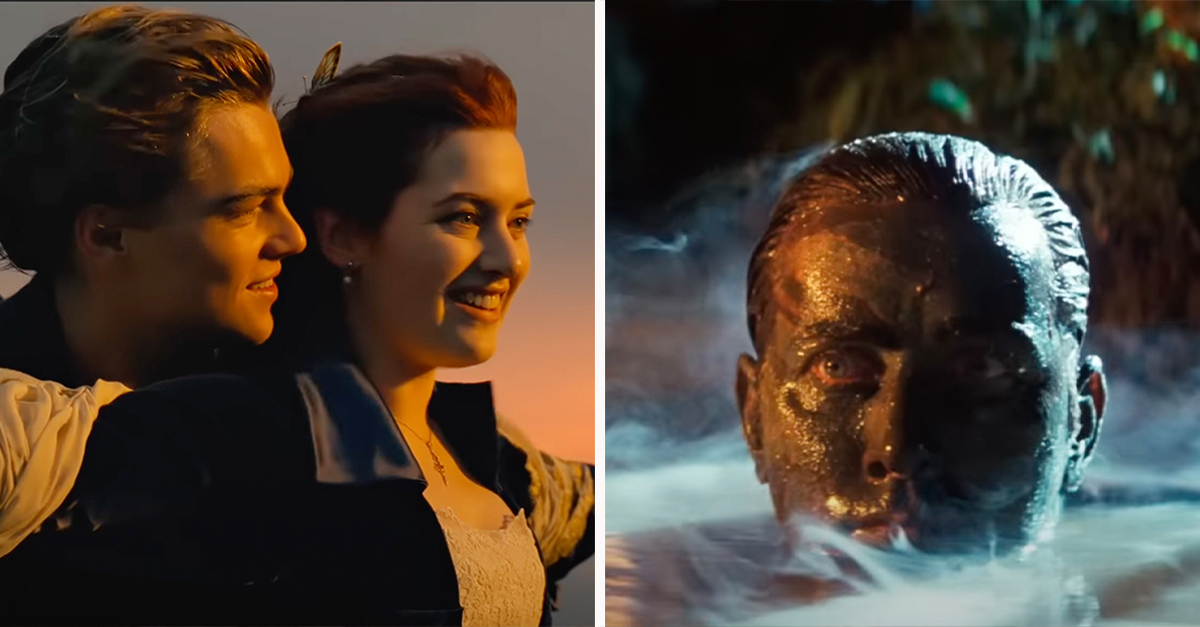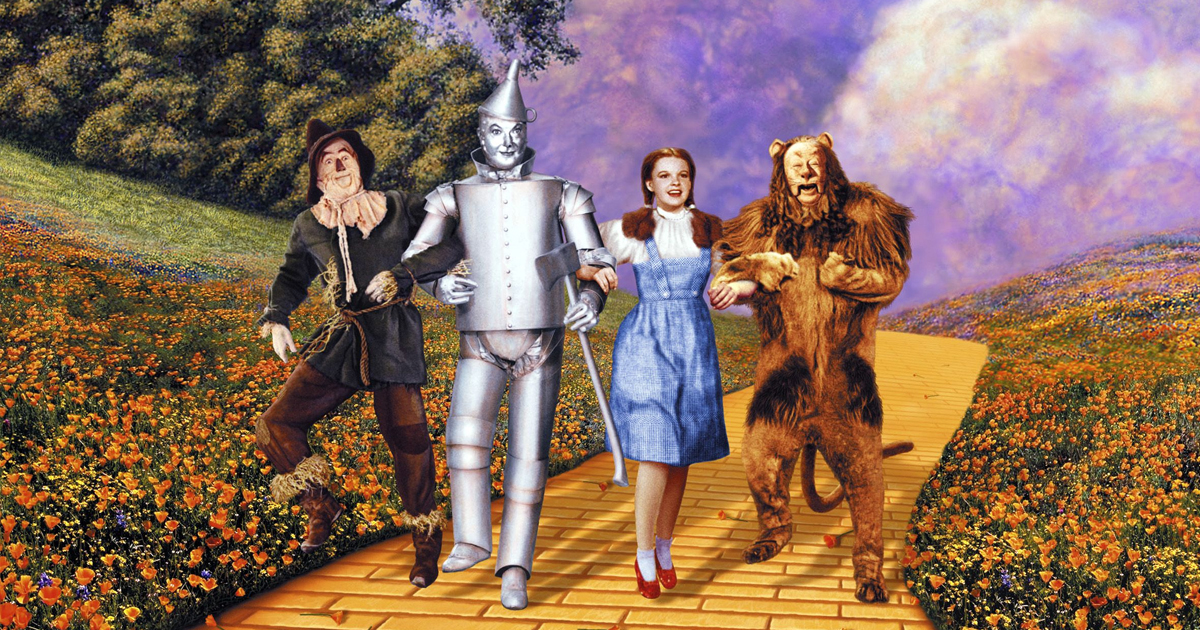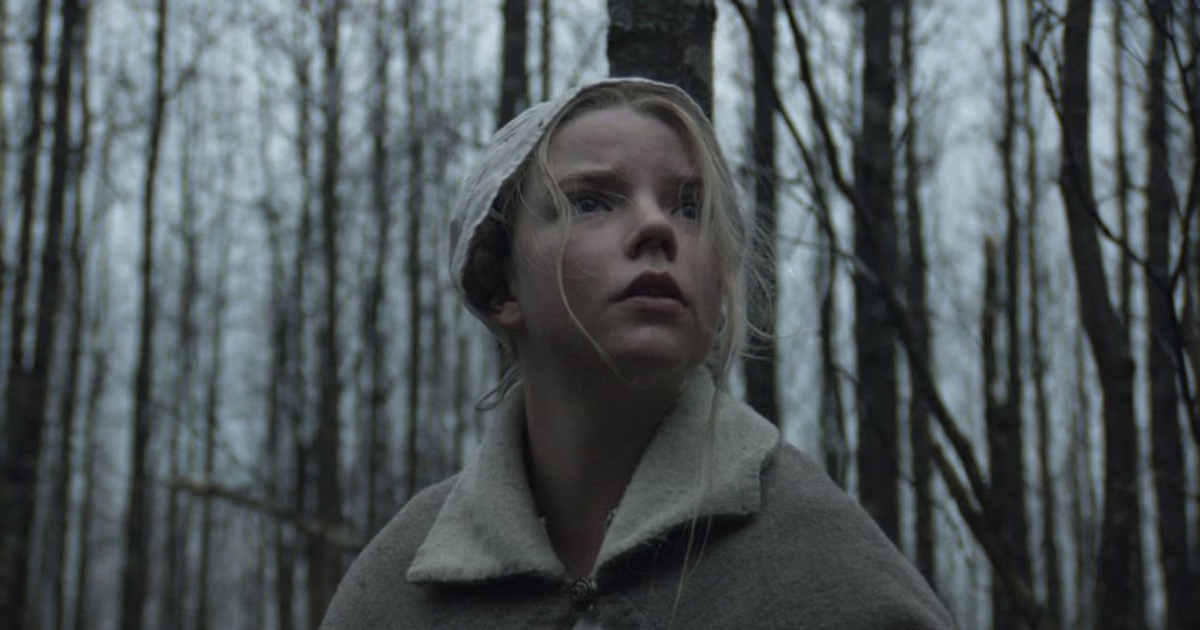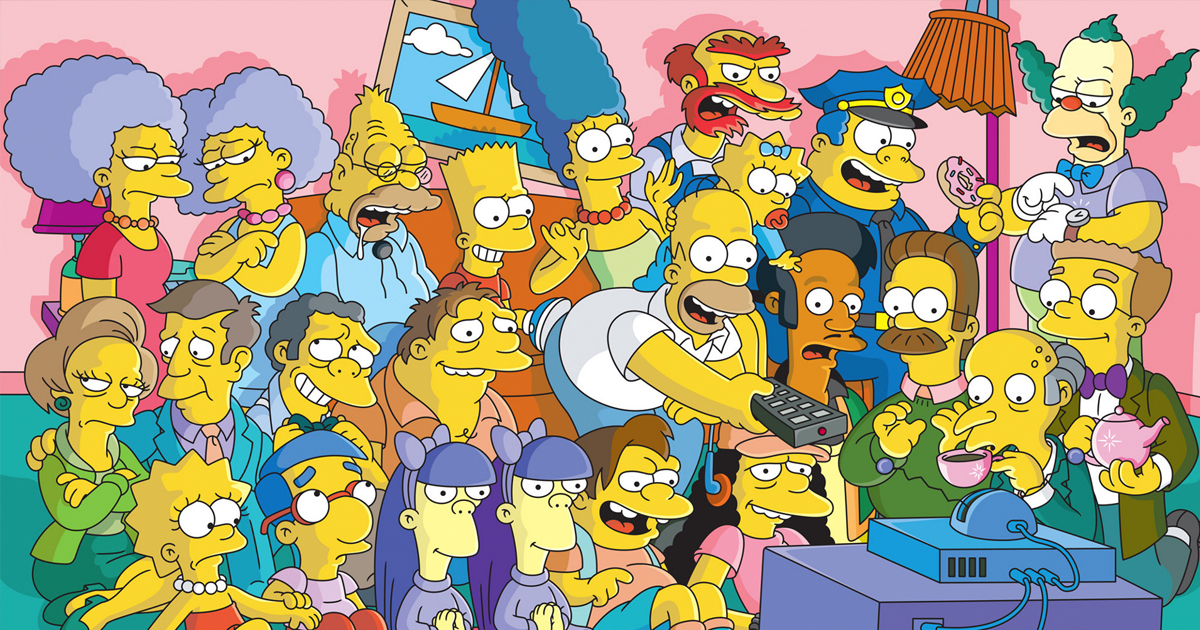Storytelling Lost To Unfulfilling Conclusions
Cinema often builds anticipation through suspense or spectacle, but conclusions hold the ultimate power. When endings fail to honor the journey, the impact lingers for the wrong reasons.

The Village (2004)
Set in a secluded 19th-century-style community, The Village built layers of dread through haunting visuals and James Newton Howard’s celebrated score. Suspense peaked with its mysterious creatures, only to collapse with the revelation that the settlement existed in modern times.
 Universal Pictures, The Village (2004)
Universal Pictures, The Village (2004)
Lucy (2014)
Luc Besson’s visually stylish Lucy begins as a gripping action thriller with Scarlett Johansson evolving beyond human limitations. Yet its finale left audiences bewildered when the protagonist becomes a USB drive. Instead of a profound exploration of consciousness, the resolution was abstract and unsatisfying.
 Universal Pictures, Lucy (2014)
Universal Pictures, Lucy (2014)
Source Code (2011)
Blending science fiction and thriller elements, Source Code drew praise for its tight pacing and Jake Gyllenhaal’s performance. The narrative built tension through a clever time-loop premise. Yet the film’s additional “happy ending” weakened its impact. Instead of embracing ambiguity, the extended conclusion diluted the power of its central idea.
 Summit Entertainment, Source Code (2011)
Summit Entertainment, Source Code (2011)
Signs (2002)
Although it was praised for its intimate exploration of faith and family under extraterrestrial threat, audiences were expecting something more from Signs. When the invaders were revealed to be vulnerable to something as common as water, the explanation felt lazy.
 Touchstone Pictures, Signs (2002)
Touchstone Pictures, Signs (2002)
Prometheus (2012)
A prequel to Alien, Prometheus fascinated viewers with stunning visuals and philosophical themes about creation and humanity. Despite Ridley Scott’s ambitious direction, the film’s final act left major questions unresolved, while characters made illogical choices. The ending frustrated audiences who expected answers.
 20th Century Studios, Prometheus (2012)
20th Century Studios, Prometheus (2012)
The Wicker Man (2006)
This remake of the 1973 classic, starring Nicolas Cage, began with eerie promise but spiraled into unintentional absurdity. Despite atmospheric potential, the film’s climax—infamously remembered for “Not the bees!”—became a symbol of camp rather than terror. The over-the-top resolution stripped away suspense, undermining the disturbing premise of ritualistic horror.
 Warner Bros. Pictures, The Wicker Man (2006)
Warner Bros. Pictures, The Wicker Man (2006)
Star Wars: The Rise Of Skywalker (2019)
As the conclusion to a decades-spanning saga, The Rise of Skywalker was criticized for rushed storytelling and excessive fan service, although it carried enormous expectations. Instead of a cohesive finale, the narrative leaned on convoluted revelations that divided audiences over an inconsistent ending.
 Lucasfilm / Walt Disney Studios Motion Pictures, Star Wars: The Rise of Skywalker (2019)
Lucasfilm / Walt Disney Studios Motion Pictures, Star Wars: The Rise of Skywalker (2019)
The Matrix Revolutions (2003)
Concluding one of cinema’s most influential trilogies, The Matrix Revolutions aimed for philosophical depth while delivering large-scale action. Despite the visual spectacle, its ambiguous ending, which emphasized compromise and renewal, left fans unsatisfied after years of anticipation.
 Warner Bros. Pictures, The Matrix Revolutions (2003)
Warner Bros. Pictures, The Matrix Revolutions (2003)
AI: Artificial Intelligence (2001)
Originally a Stanley Kubrick project completed by Steven Spielberg, AI: Artificial Intelligence combined stunning visuals with a deeply emotional narrative. For much of its runtime, the film delivered heartbreaking depth. Yet its prolonged coda with futuristic beings diminished the tragedy of the boy-robot’s journey.
 DreamWorks Pictures, A.I.: Artificial Intelligence (2001)
DreamWorks Pictures, A.I.: Artificial Intelligence (2001)
The Mist (2007)
Frank Darabont’s adaptation of Stephen King’s novella stunned audiences with a bold, devastating finale. While the bleak ending shocked critics into admiration for its audacity, many viewers felt betrayed by its overwhelming nihilism. The despair overshadowed the tension-filled journey, turning a masterful horror film into an experience remembered for pure hopelessness.
 Dimension Films, The Mist (2007)
Dimension Films, The Mist (2007)
Passengers (2016)
Passengers offered high-concept science fiction romance while exploring isolation in space. The central dilemma appealed to viewers until its controversial twist: the male lead awakened his companion without consent. The resolution turned a potentially complex narrative into a story that many found troubling.
 Columbia Pictures, Passengers (2016)
Columbia Pictures, Passengers (2016)
Baby Driver (2017)
Car chase lovers enjoyed Baby Driver’s rhythmic editing and its standout soundtrack. Although the momentum carried through most of the film, the courtroom epilogue felt forced. Instead of closing on high energy, the finale felt less memorable than its dazzling buildup.
 Sony Pictures Releasing, Baby Driver (2017)
Sony Pictures Releasing, Baby Driver (2017)
Savages (2012)
Oliver Stone’s Savages offered stylish direction and strong performances. Audiences were invested until the climax revealed a fake-out dream sequence, undoing the stakes entirely. What could have been a raw and uncompromising conclusion instead collapsed into a cliche that frustrated viewers who expected a grittier, more authentic resolution to the chaos.
 Universal Pictures, Savages (2012)
Universal Pictures, Savages (2012)
Grease (1978)
As one of America’s most iconic musicals, Grease’s surreal final scene distracted from the emotional resonance of the story. The movie combined unforgettable songs and cultural nostalgia into a beloved classic. However, its fantastical conclusion—Danny and Sandy literally flying away in a car—clashed with the otherwise grounded coming-of-age themes.
 Paramount Pictures, Grease (1978)
Paramount Pictures, Grease (1978)
Cast Away (2000)
Tom Hanks’ extraordinary portrayal of isolation in Cast Away earned critical acclaim and an Academy Award nomination. After such an intense survival story, the subdued epilogue—focused on choices and lost love—felt anticlimactic. The emotional impact of his ordeal dissolved in a quiet, uncertain finale.
 20th Century Studios, Cast Away (2000)
20th Century Studios, Cast Away (2000)
Now You See Me (2013)
Sleek visuals, clever tricks, and a charismatic cast powered Now You See Me into box office success. However, the climactic twist naming the true mastermind strained plausibility. Instead of rewarding viewers with a carefully crafted revelation, the film’s conclusion was forced, undoing the satisfaction of its earlier dazzling illusions.
 Lionsgate / Summit Entertainment, Now You See Me (2013)
Lionsgate / Summit Entertainment, Now You See Me (2013)
No Country For Old Men (2007)
Winning four Academy Awards, including Best Picture, No Country for Old Men’s abrupt off-screen death of a central character, and the subdued ending left many viewers frustrated. Nevertheless, the film is widely celebrated for its stark realism and Javier Bardem’s chilling performance.
 Miramax Films / Paramount Vantage, No Country for Old Men (2007)
Miramax Films / Paramount Vantage, No Country for Old Men (2007)
The Circle (2017)
With a cast led by Emma Watson and Tom Hanks, The Circle promised timely commentary on digital surveillance and corporate power. The early setup raised compelling questions about privacy. Unfortunately, its rushed conclusion offered little depth, resulting in a surface-level drama rather than the thoughtful critique expected.
The Devil Inside (2012)
Found-footage horror The Devil Inside gained attention for its chilling setup and unsettling atmosphere. Audiences were engrossed until the final minutes abruptly cut to black, followed by a website link for “more information”. The unresolved ending was like a marketing gimmick rather than a conclusion that made theatergoers unsatisfied and angry.
 Paramount Pictures, The Devil Inside (2012)
Paramount Pictures, The Devil Inside (2012)
Sunshine (2007)
Mixing science fiction with philosophy, Sunshine earned praise for its visuals and atmosphere. The mission to reignite the sun carried intellectual weight, yet the final act shifted abruptly into slasher-horror. This tonal shift was jarring and negatively impacted the thoughtful tension that defined the film’s core.
 Fox Searchlight Pictures, Sunshine (2007)
Fox Searchlight Pictures, Sunshine (2007)
I Am Legend (2007)
Will Smith’s gripping performance anchored I Am Legend, a post-apocalyptic story of survival and loss. Audiences were invested in its atmosphere and tension, but the theatrical ending portrayed Neville’s sacrifice in a way that contradicted the novel’s core theme. The alternate cut offered a stronger meaning.
 Warner Bros. Pictures, I Am Legend (2007)
Warner Bros. Pictures, I Am Legend (2007)
The Forgotten (2004)
The Forgotten is a psychological mystery surrounding memory loss and grief. The suspense was followed eagerly until the finale revealed extraterrestrial manipulation behind the plot. This explanation shifted a grounded thriller into implausible science fiction that disappointed those expecting a more logical resolution.
 Sony Pictures Releasing, The Forgotten (2004)
Sony Pictures Releasing, The Forgotten (2004)
Pay It Forward (2000)
Intended as an uplifting drama about kindness transforming lives, Pay It Forward delivered heartfelt performances. The story resonated until its devastating conclusion, where tragedy strikes unexpectedly. While powerful for some, others felt manipulated, arguing the ending betrayed the film’s original inspirational message.
 Warner Bros. Pictures, Pay It Forward (2000)
Warner Bros. Pictures, Pay It Forward (2000)
K-PAX (2001)
With Kevin Spacey as a psychiatric patient claiming to be from another planet, K-PAX intrigued audiences through its ambiguous premise. For much of the film, questions about his identity carried emotional weight. The conclusion, however, avoided definitive answers that left many viewers unsatisfied by a lack of resolution after a compelling setup.
 Universal Pictures, K-PAX (2001)
Universal Pictures, K-PAX (2001)
War Of The Worlds (2005)
Steven Spielberg’s adaptation of H G Wells’ classic impressed with groundbreaking effects and Tom Cruise’s driven performance. Yet the conclusion took the suspense level down. The sudden survival of the protagonist’s son—presumed dead—felt implausible, softening the emotional weight.
 Paramount Pictures, War of the Worlds (2005)
Paramount Pictures, War of the Worlds (2005)








